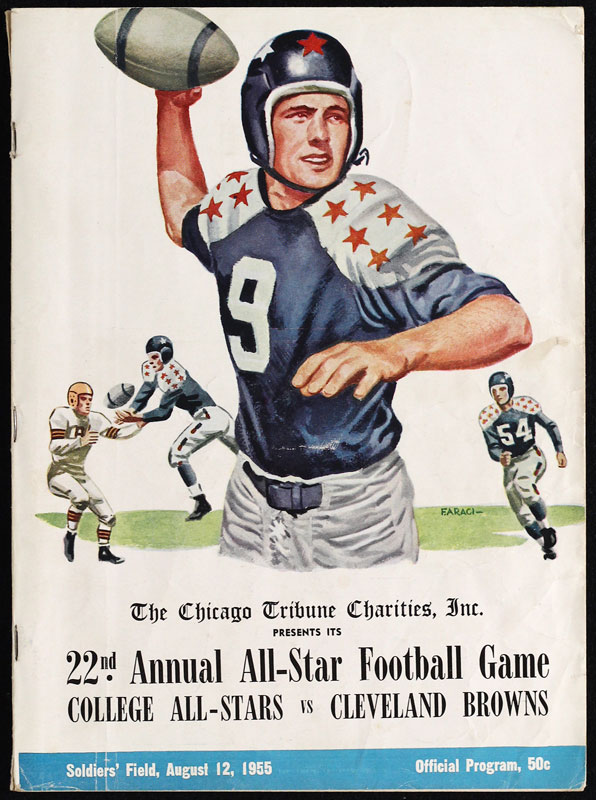


The Classic also made many concessions to make it more television-friendly, such as shortening the first quarter to 12 minutes on at least one occasion to make it fit more easily into a doubleheader package, and changing the rules so that after any score a team down by a double-digit margin would receive the kickoff, even if they in fact were the one which had just scored, presumably to keep the game close and prevent the loss of viewership which often occurs in grossly-uneven contests. In fact, Jerry Rice played in the 1984 game and was named the Most Valuable Player. Since then, the game had not only been desegregated, but in the process showcased many African American stars from smaller, lesser-known schools (including many historically black colleges and universities).

Given its setting, it wasn't surprising that this game was slow to desegregate, and in fact was once removed from the schedule of NBC for this reason. Most such players now attend the NFL Combine for evaluation. The Classic gave these players an opportunity to be noticed by NFL scouts and others who may not have had the opportunity to observe them previously. In recent years, therefore, most of the players had been players from teams with losing records and from smaller schools which do not play NCAA Division I football. Also, many potential players preferred to spend Christmas at home. For this reason, it was difficult to get some of the truly big-name collegiate stars, because many of them were preparing at the same time for bowl games with their regular teams. It was almost always the first major college all-star game of the year. The game had an interesting and somewhat checkered history. Only seniors played in this game, because it was their first venture into professional football, as they were paid for their participation. The format, unsurprisingly given the Classic's name, pitted players who attended college in the states of the former Confederacy, the "Grays," who wore white jerseys, against players who attended school in the northern half of the country, the "Blues," who wore blue jerseys, and also sometimes including players from western teams. However, the game was discontinued because it lacked a major sponsor after that year. The game was not contested in 2002 and was subsequently revived in 2003 in Troy, Alabama. It was begun in 1939 and held annually through 2001 at the Cramton Bowl in Montgomery, Alabama. The Blue–Gray Football Classic was an annual American college football all-star game held in Alabama usually on Christmas Day. Unsourced material may be challenged and removed. Please help improve this article by adding citations to reliable sources. This article needs additional citations for verification.


 0 kommentar(er)
0 kommentar(er)
